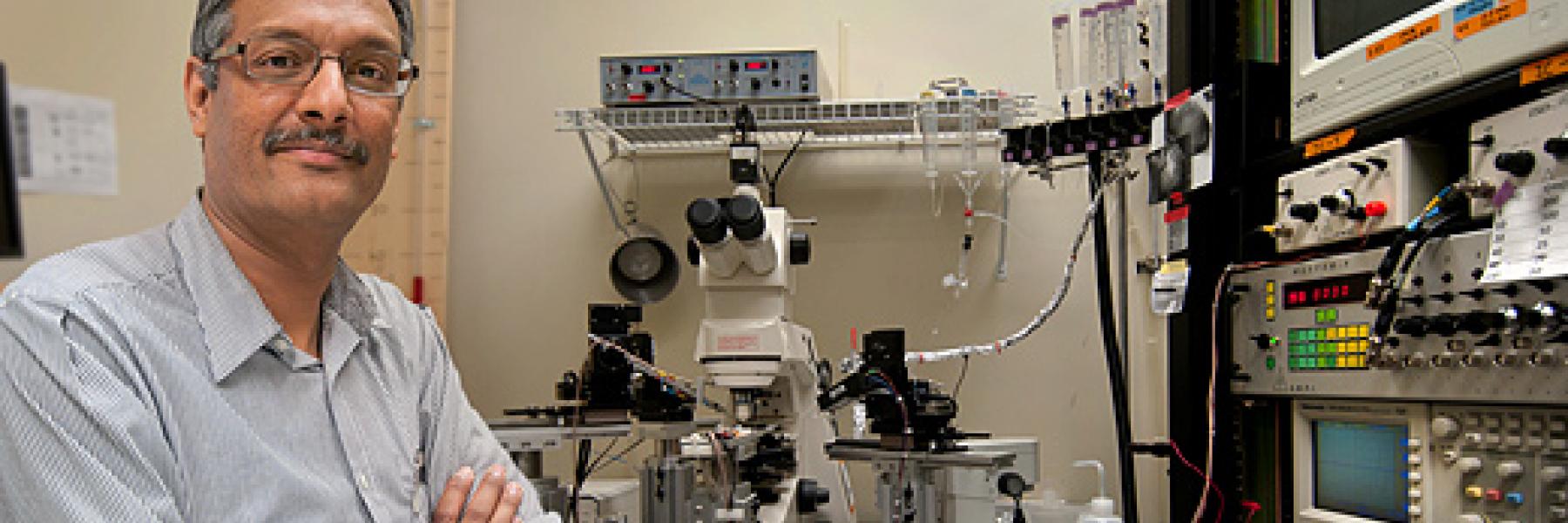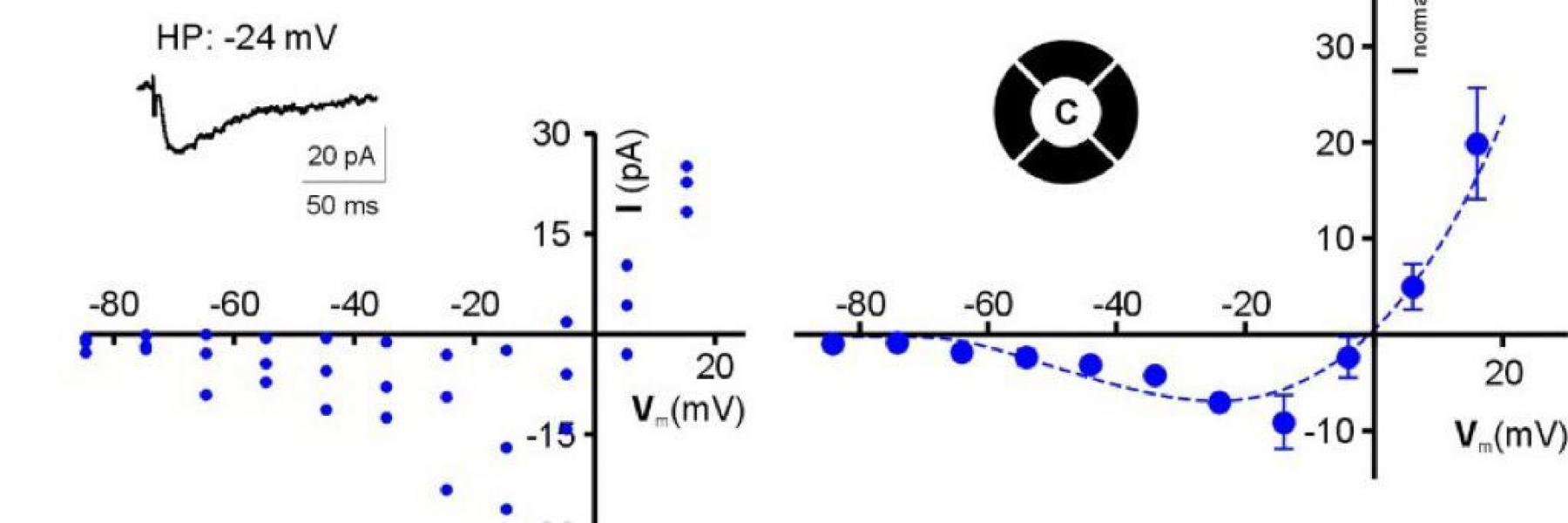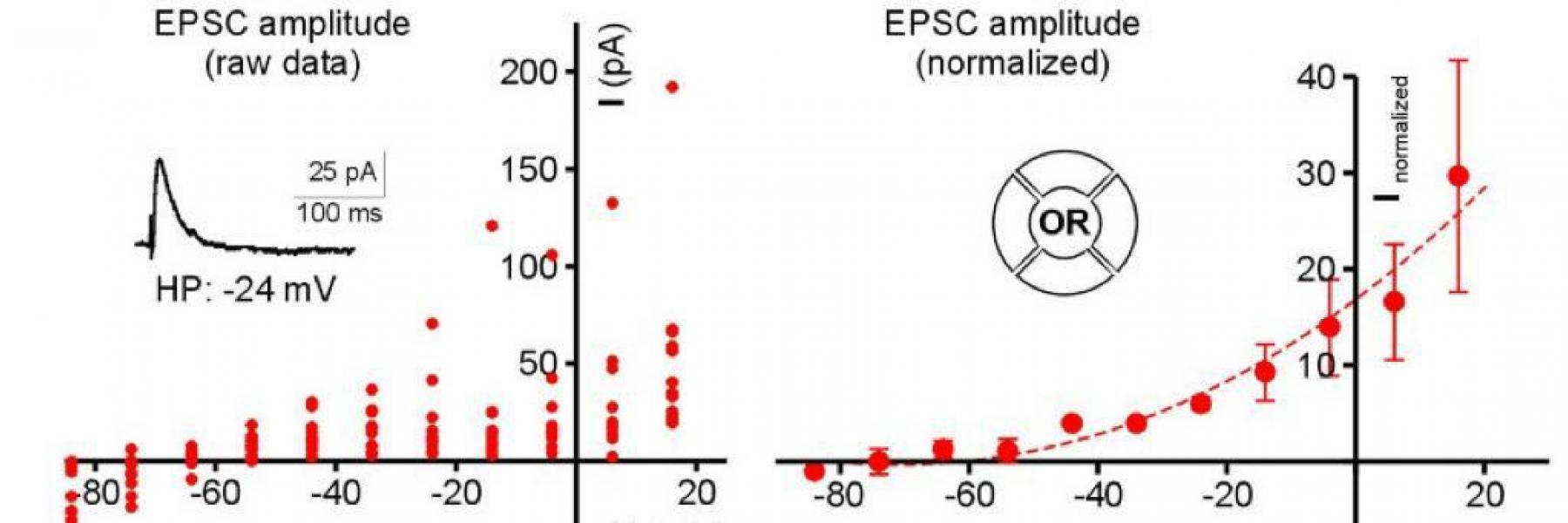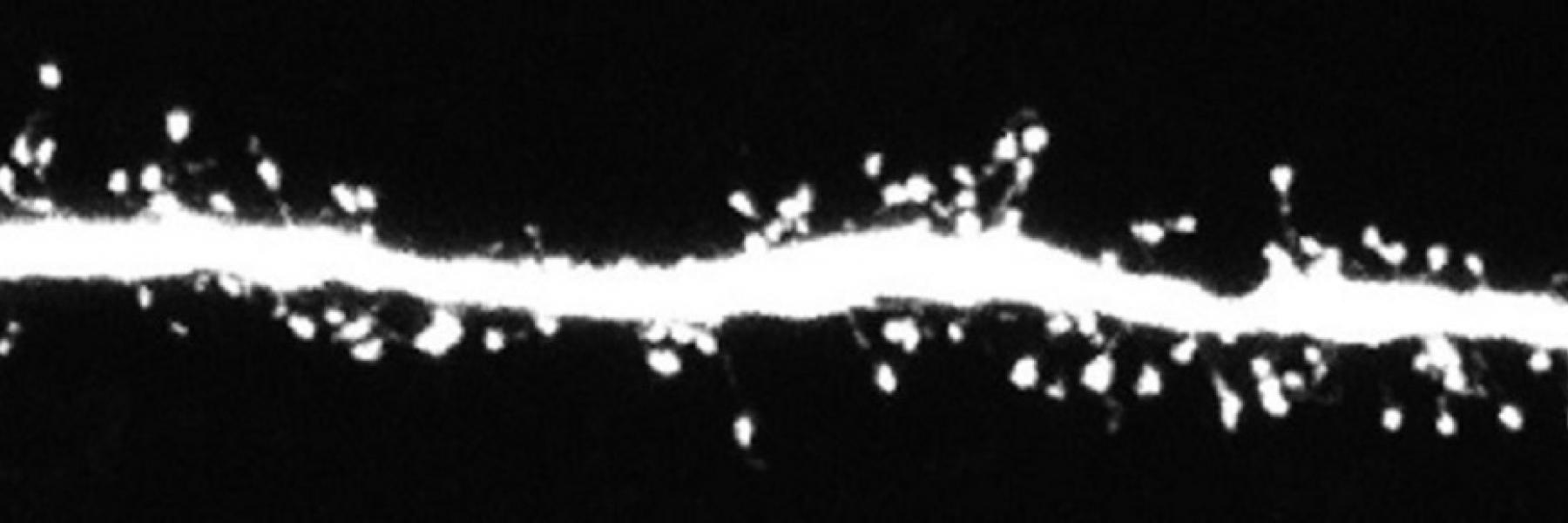Inscribed on Dodd Hall on the FSU campus are the words “the half of knowledge is to know where to find knowledge.” The Kumar Laboratory, also on campus, is one such source, especially if the knowledge sought pertains to the neocortex, glutamatergic receptors or Temporal Lobe Epilepsy. These are areas in which my lab has made significant breakthroughs, challenged existing dogma, and redefined the cutting-edge. This is in keeping with the tradition of excellence in research upon which my lab was established with knowledge creation (through basic research), knowledge utilization (by translating it to alleviate some form of human suffering), knowledge dissemination (sharing our breakthroughs freely and openly with others) and the joy of discovery as its cornerstones.
Basic research in the Kumar laboratory is focused on synaptic physiology underlying neocortical function and plasticity. We are particularly interested in understanding the workings and role of glutamatergic AMPA and N-methyl-D-aspartate receptors in these processes.
Translational research efforts of the lab are focused on deciphering basic pathophysiological mechanisms underlying Temporal Lobe Epilepsy, the most common type of epilepsy in adults. Here, we seek to identify/isolate ictogenic cells and circuits within the parahippocampal region for the purposes of developing therapeutic/interventional strategies to combat TLE.
We use a variety of tools and techniques with electrophysiology being the mainstay of our research. We are innovators- click here to see our latest inventions.
The latest from the Kumar Lab:
May 5, 2025
Kumar Lab in the spotlight!
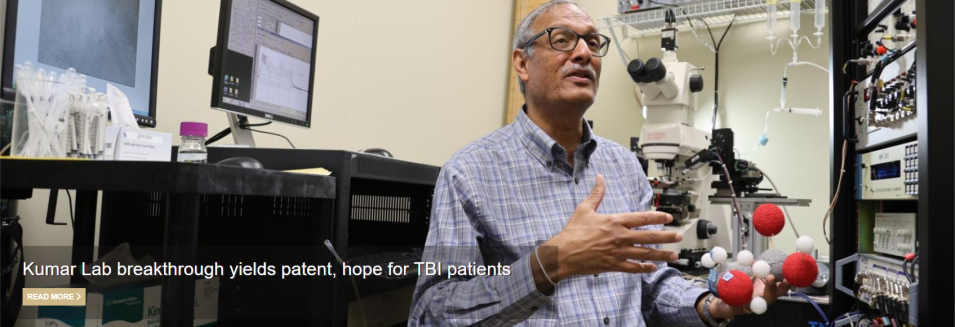
April 8, 2025
Obituary: It is with profound sadness and grief that I bid farewell to my mentor and PhD advisor Dr. Donald S. Faber, brilliant electrophysiologist, neuroscientist-par-excellence, Chair and Professor Emeritus of the Dominick P. Purpura Department of Neuroscience, Albert Einstein College of Medicine. This is the man who pioneered the use of the fabled Mauthner Cells in goldfish (Carassius auratus) as a model system for studying basic mechanisms of synaptic transmission in the central nervous system and factors involved in the regulation of the strength of the synaptic connections between neurons. I owe a lot to Don, not only for his tutelage, but also for his kindness in teaching me how to think like a scientist. Had it not been for his guidance, I would not have been pursuing a career in Neuroscience. Thank you Dr. Faber, for all that you have done for me, you will be missed immensely!
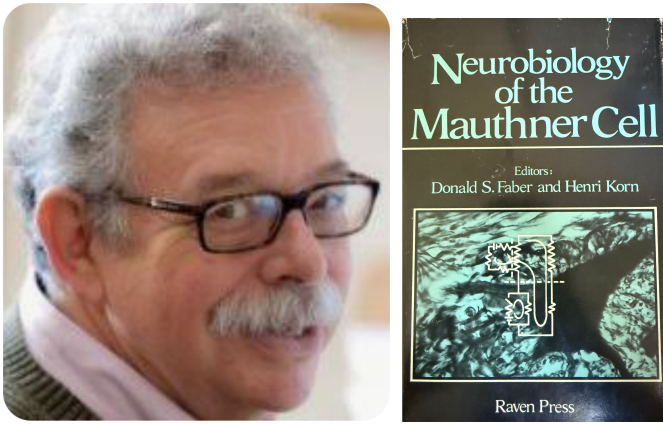
March 15, 2025
The Kumar Lab is issued a U.S. Patent: D-serine inhibits neuroinflammation due to a brain injury.
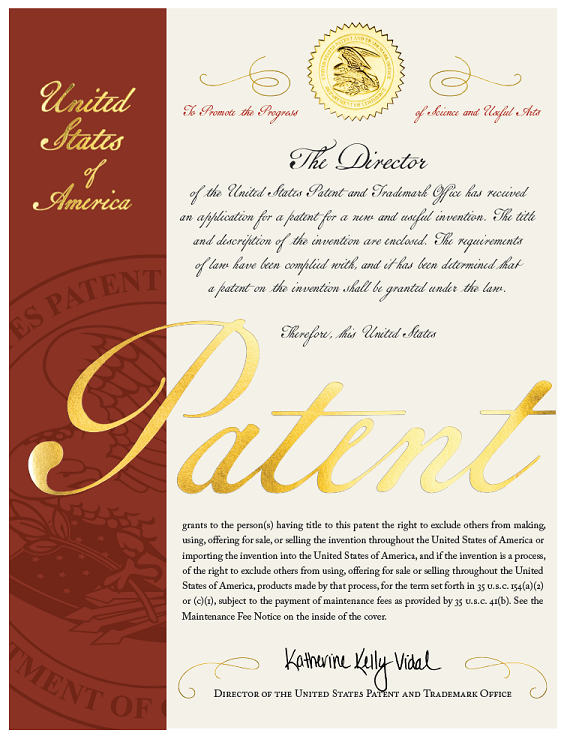
June 25, 2024
A Kumar Lab publication is 1 of 12 to have been selected as a research topic for: Insights in Synaptic Neuroscience 2022 - a Frontiers e-book!

February 9, 2024
The Kumar Lab presents two posters at the 20th Annual Research Fair at the College of Medicine!
- Assaying Memory Consolidation in a Rat Model of Temporal Lobe Epilepsy [KLBG: The Kumar Lab Behavioral Group]
- Visualizing the t-N-Methyl-D-Aspartate Receptor Subunit Composition in Acute Brain Slices [Beesley & Kumar]

August 25, 2023
Spotlight on the Kumar Lab!

July 24, 2023
We will miss Prof. J.C. Watkins, the man who discovered the NMDA receptor!
It is with profound sadness that we learn of the passing of Prof. J.C. Watkins, a man I admired highly for discovering the receptor that has been the focus of my laboratory's research efforts for over a decade now. I learned about this from Prof. Graham Collingridge's remembrance / obituary [Link] in Neuropharmacology, the same journal in which our review (below) was recently published. The next time you order anything from Tocris Bioscience, remember Prof. J.C. Watkins!
July 13, 2023
t-NMDARs in the spotlight: see review article "The t-N-methyl-D-aspartate receptor: Making the case for D-Serine to be considered its inverse co-agonist" by Stephen Beesley and Sanjay Kumar, published in Neuropharmacology. [Link]
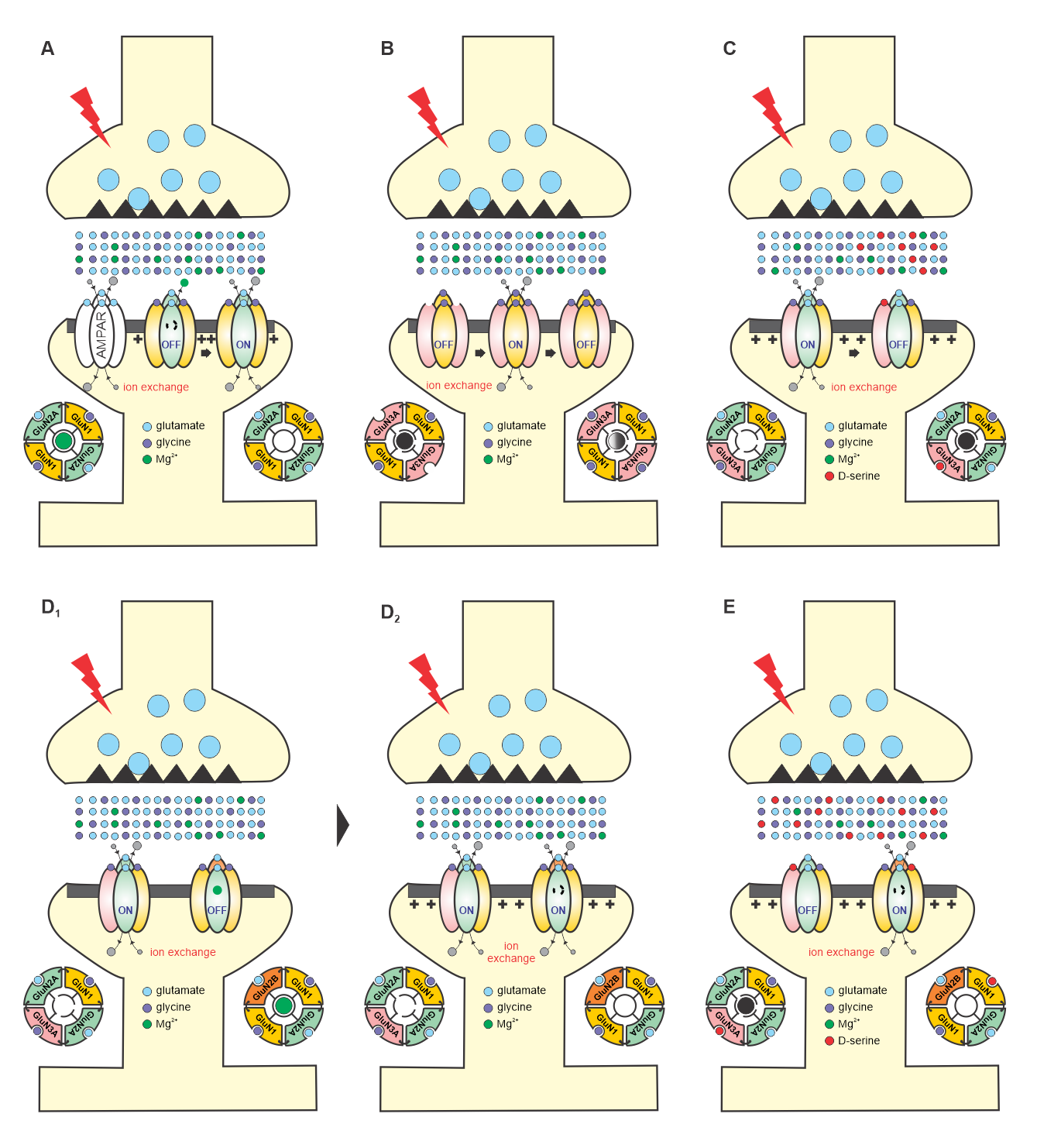
July 10, 2023
The Kumar Lab is pleased to share the following Review Article, published in Neuropharmacology, synthesizing a decade's worth of work on the t-NMDARs following their discovery at FSU. [Link]

June 4, 2023
The FSU receptor (GluN3-containing triheteromeric NMDAR or t-NMDAR) subunit composition can now be visualized!
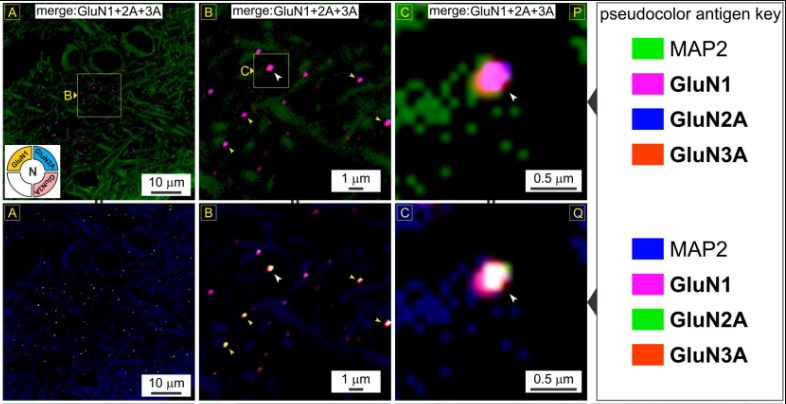
May 24, 2023
Landmark paper is finally accepted & published in Frontiers in Synaptic Neuroscience, "Visualizing the triheteromeric N-methyl-D-aspartate receptor subunit composition" [Link] Congratulations to Dr. Stephen Beesley!
Synopsis: Many of the NMDA receptor’s capabilities, including binding glutamate and regulating Ca2+ influx, have been attributed to their subunit composition, determined putatively using cell biology, electrophysiology and/or pharmacology. Through this work, we show that subunit composition of synaptic NMDARs can also be readily visualized in acute brain slices (rat) using highly specific antibodies directed against extracellular epitopes of the subunit proteins and high-resolution confocal microscopy. This has helped confirm the expression of triheteromeric t-NMDARs (containing GluN1, GluN2, and GluN3 subunits) at synapses for the first time and reconcile functional differences with diheteromeric d-NMDARs (containing GluN1 and GluN2 subunits) described previously.

February 8, 2023
Kudos to the KLBG (Riley Bane, Tobie Woolley, Samip Patel, Marissa Dunlop & Dr. Beesley) for making great strides towards finalizing the design of our Behavioral Rig to assay cognition in control and epileptic rats.

Heat maps indicate "curiosity" in 3 of 4 rats to exploring objects placed at the bottom corners of the arena (middle panels).
November 7, 2022
Dr. Kumar is recognized for 15 years of service to the College of Medicine at Florida State University!
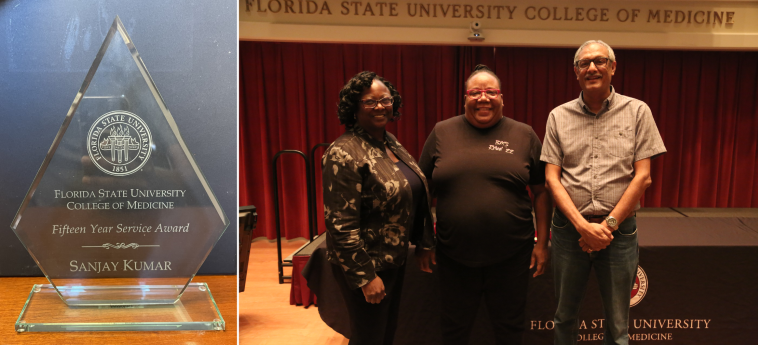
October 4, 2022
A warm welcome to the inaugural Kumar Lab Behavioral Group (KLBG)!
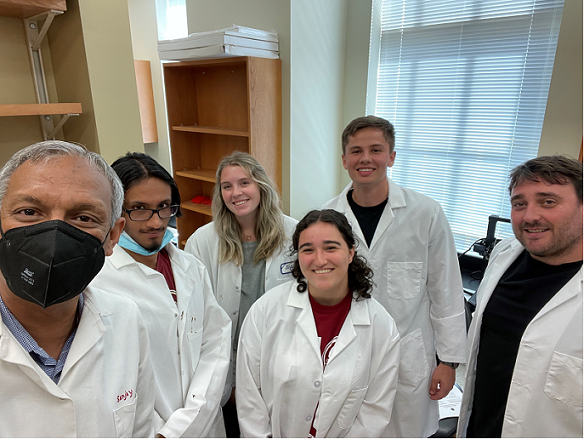
August 29, 2022
One-on-one with Dr. Kumar! An interview with Dr. Andrew Wilner, MD, on the NeuroFrontiers program for ReachMD:
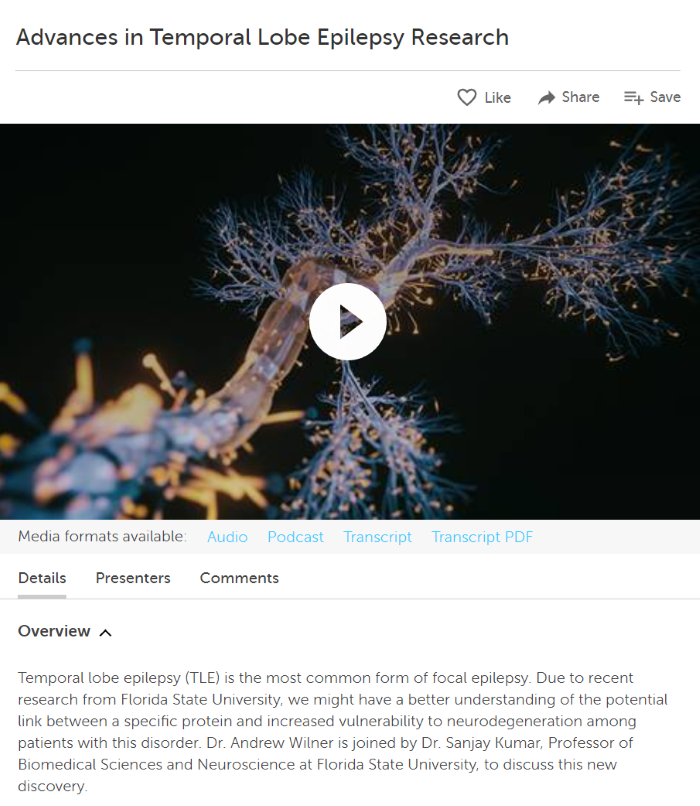
URL: https://reachmd.com/programs/neurofrontiers/advances-in-temporal-lobe-epilepsy-research/13956/
July 18, 2022
FSU Spotlight: FSU team makes discovery advancing epilepsy research
CoM Spotlight: Kumar team makes discovery advancing epilepsy research
May 24, 2022
A paper from the Kumar Lab is accepted and published in J. Neurophysiol. [ Link ]
Congratulations to Stephen, Thomas, Chris & Dr. Kumar!
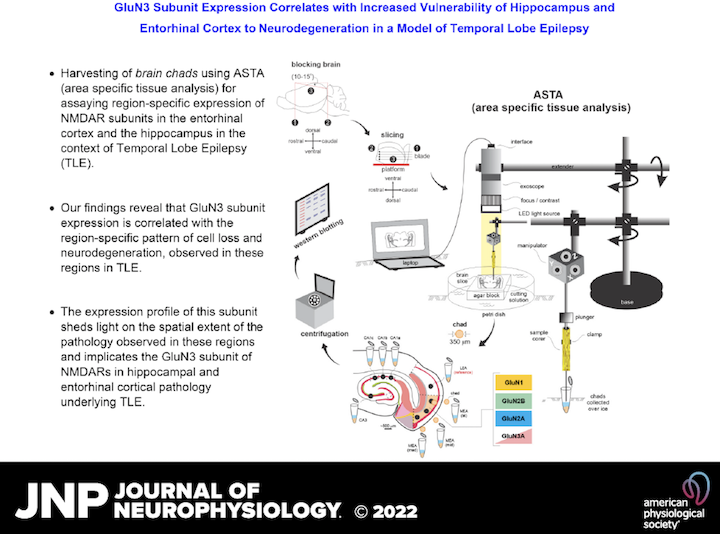
March 29, 2022
Congratulations to Thomas (now Dr. Sullenberger) for successfully defending his PhD thesis!
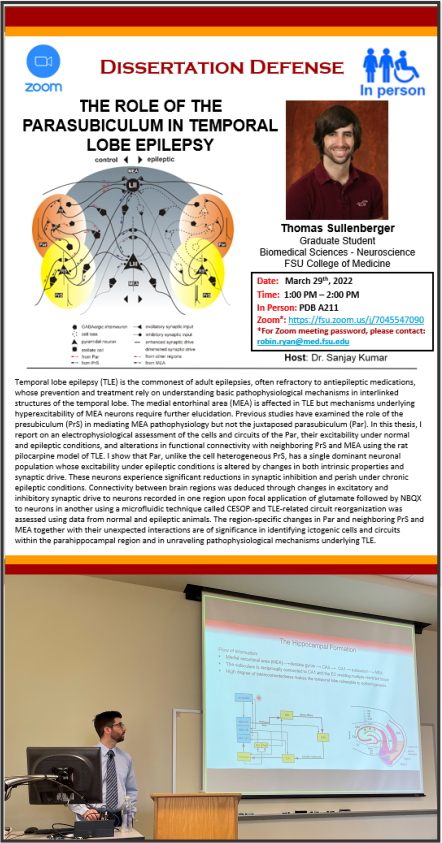
December 1, 2021
A collaborative paper between the University of Pennsylvania (son) and Florida State University (father) is finally accepted & published in Frontiers in Synaptic Neuroscience, "A Model for Predicting Cation Selectivity and Permeability in AMPA and NMDA Receptors Based on Receptor Subunit Composition" [ Link ] Congratulations Sampath!
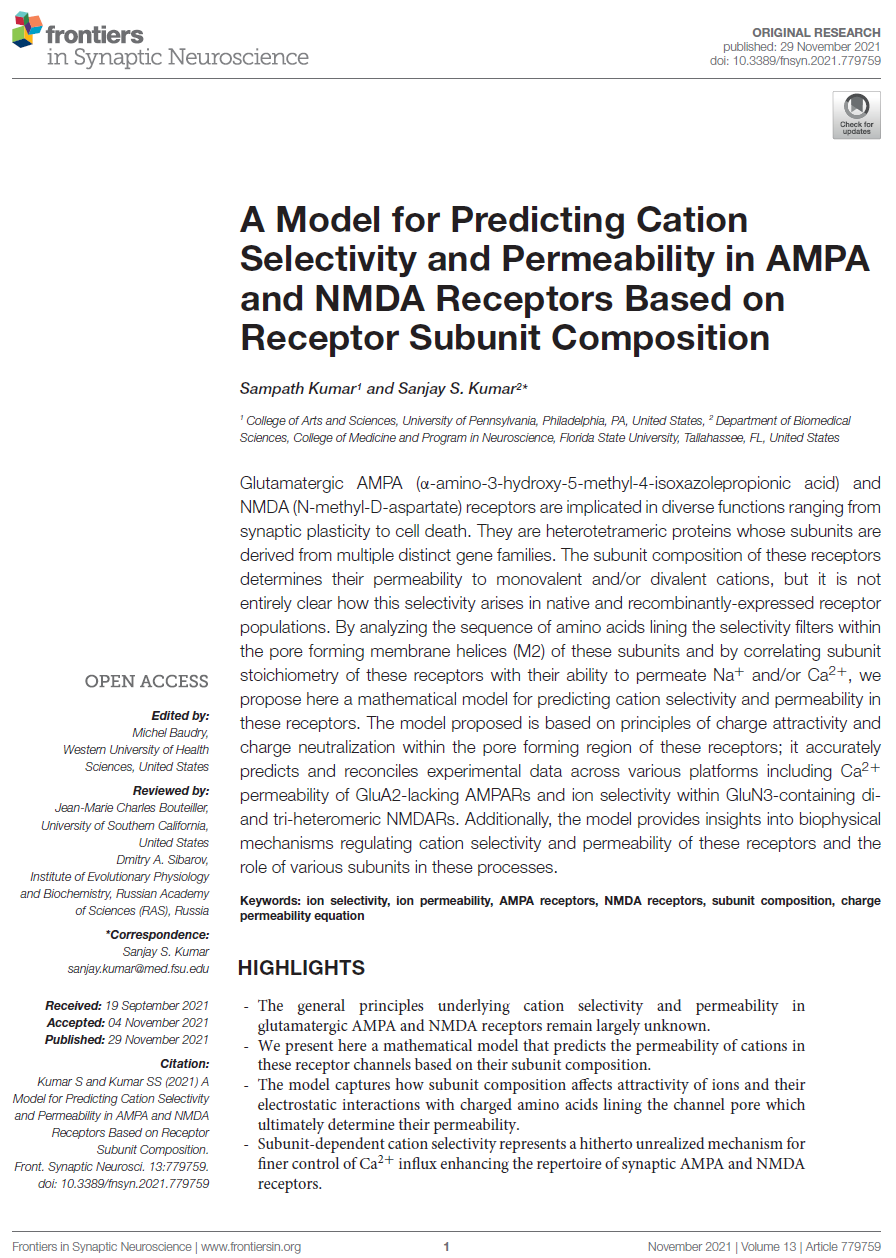
August 26, 2021
We acknowledge with gratitude, the interest in our research and the generous gift made by the Pediatric Epilepsy Research Foundation (PERF) in support of our laboratory's research efforts [ Link ]

We appreciate the gesture of goodwill!
August 19, 2021
Thomas Sullenberger becomes the first recipient of the Kumar Laboratory Outstanding Graduate Student Award. The award is given out by Dr. Kumar in recognition of the quality and caliber of a student's scientific work, effort and relevance. Not restricted to just lab personnel, it carries a cash prize and a certificate. Congratulations Thomas! [ Link ]
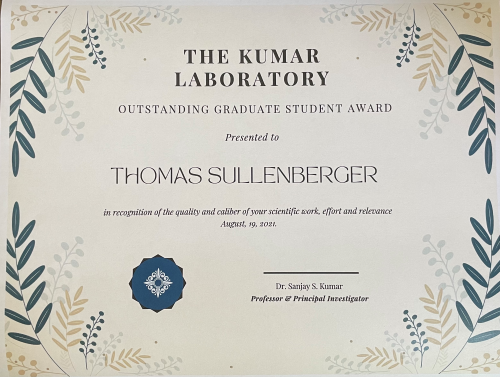
January 4, 2021
 Hearty congratulations to Dr. Stephen Beesly for being named the inaugural Toffler Scholar at the College of Medicine at Florida State University. Project title: Determination of Astrocytic Conversion-from Naive to Reactive-during Epileptogenesis. [ Link ]
Hearty congratulations to Dr. Stephen Beesly for being named the inaugural Toffler Scholar at the College of Medicine at Florida State University. Project title: Determination of Astrocytic Conversion-from Naive to Reactive-during Epileptogenesis. [ Link ]
November 25, 2020
A third paper from the Kumar Lab this year is accepted & published in Neuroscience, completing a trifecta!
"D-serine intervention in the medial entorhinal area alters TLE-related pathology in CA1 hippocampus via the Temporoammonic Pathway" [ Link ]
Congratulations to Stephen, Thomas, Roshan, Cameron, and Matt!
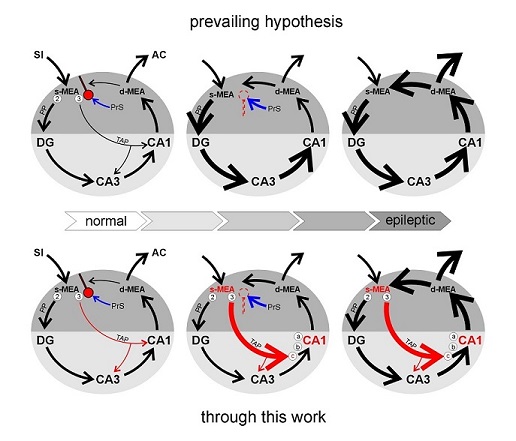
October 13, 2020
Press release announcing the publication of the D-serine story from the Kumar Lab in Nature Communications- FSU headline news.
Link to the College of Medicine EMR Newsletter.
October 2, 2020
The Kumar Lab publishes its first paper in Nature Communications.
D-serine mitigates cell loss associated with temporal lobe epilepsy [ Link ]
Congratulations to Stephen, Thomas, Kathryn, Roshan, Cameron, Kimberly, Emmanuel and Dr. Roper!
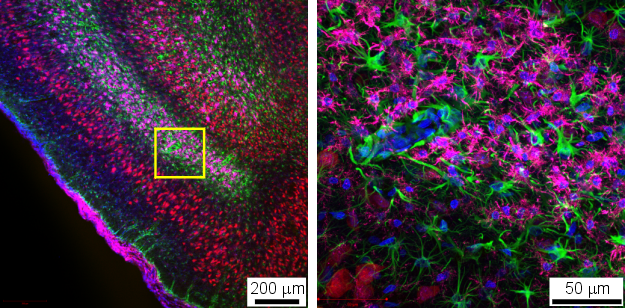
July 17, 2020
A paper from the Kumar Lab is accepted and published in IBRO Reports.
The GluN3 subunit regulates ion selectivity within native N-methyl-d-aspartate receptors [ Link ]
Congratulations to Stephen, Thomas & Dr. Kumar

Selectivity of ions in channels & ligand-gated receptors
(use the link above or see animation below to learn more)
Ion selectivity in non-ligand gated ion channels
Note the changes in selectivity for ions (Na+, K+ and Ca2+) in the channels indicated by the arrow on the rotary dial.
Ion selectivity in AMPA & NMDA receptors
Note the changes in selectivity for ions (Na+, K+ and Ca2+) in AMPA (black arrow) and NMDA receptors (red arrow) as a function of their subunit composition.
The Kumar Lab Photo Gallery



